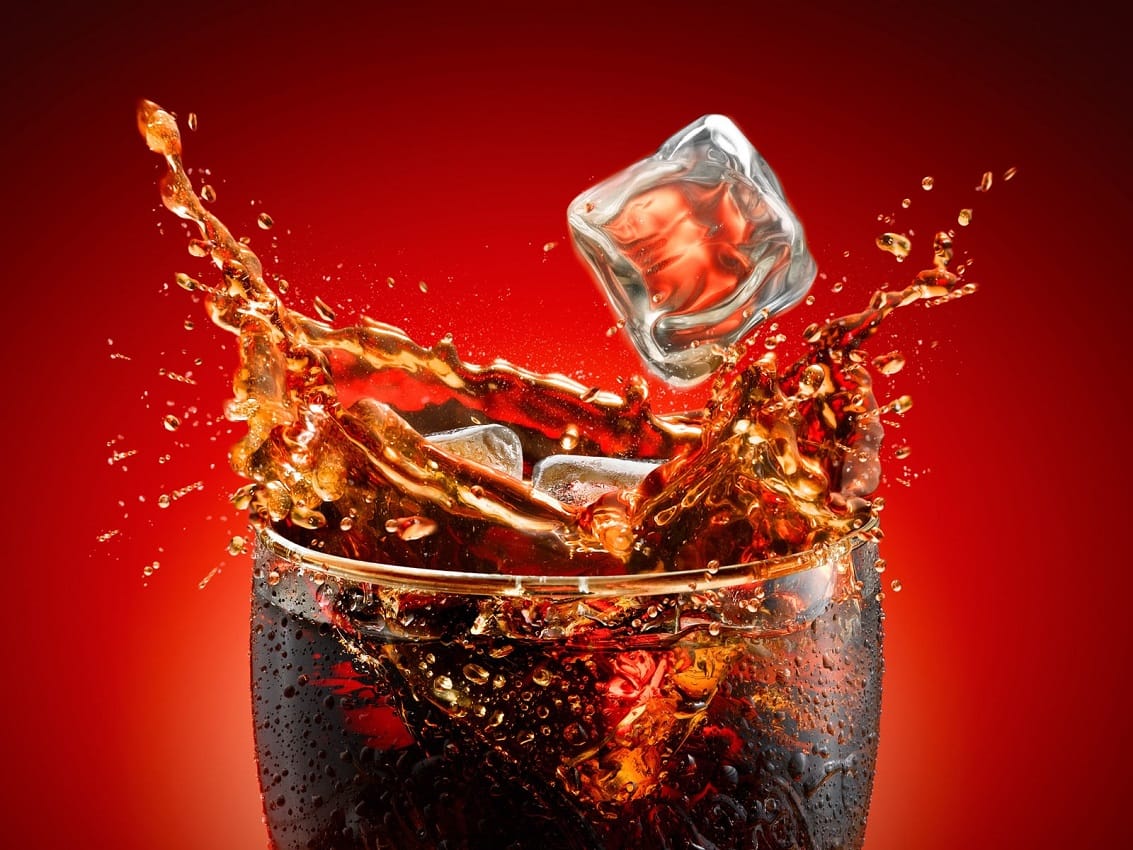
Coca-Cola essay
The main goals of the project are to discuss the current financial health of the Coca-Cola Company, to understand what risks the organization faces, and what steps are made to anticipate and reduce these risks.
At the beginning of the project, it is possible to mention that the Coca-Cola Company as a trademark was first registered in the United States of America in March 27, 1944. From the days of its creation and till now Coca-Cola is carbonated soft drink. It is sold in the vending machines, stores and restaurants. Nowadays, the trademark of “Coca-Cola” is considered to be the biggest one in the world, and almost 98 percent of all the people in the world know this trademark. Every person might easily buy “Coca-Cola” in nearly 200 countries, and it says about the company’s popularity better than any statistics. About one billion items of this company’s products are sold every day around the world, and all these items are produced by The Coca-Cola Company, which nowadays is situated in Atlanta, Georgia.
Today the world empire of Coca-Cola looks like the following: 11 large companies, which are working among several countries and dozens of individual enterprises, unconsolidated companies. For example, Coca-Cola Enterprises Inc. is working in the United States, where it manufactures about 70% of all consumed beverages of Americans and in a number of Western European countries. Another major bottler-Coca-Cola Amatil Ltd. occupies a similar position in the Asia-Pacific region. Coca-Cola Hellenic Bottling Company is working in Eastern Europe.
Discussing the current financial health of the Coca-Cola Company, it is important to state that in general, financial and economic activity of the company is stable. In conditions of constant increasing of competition, the increase of the turnover is not as important as the keeping the current market position of the company, the improvement of quality, growth of the company, mostly its profit. Availability of “Coca-Cola” drinks is not a factor, formed due to the price. By conquering the markets around the world, the company does not want to adapt their prices to the market situation in the new countries. “Coca-Cola” can afford to set the price higher than the ordinary domestic producers by skillfully using aggressive advertising such as videos, billboards, signs and by becoming closer to the customers. The company has adopted a common pricing policy that brings it a stable profit. It is possible due to the quality, popularity and convenience of the drink, to which is made the biggest special reference.
The company has chosen a strategy of intensive distribution. It seeks to maximize sales outlets, as their products are considered to be the basic goods and impulsive purchases. Small number of companies such as traders, agents and auxiliaries participates mostly in the distribution channel. Moreover, in marketing as in many other areas related to the sphere of competition, the one, who owns the most powerful and influential position in relation to the decision maker, succeeds in achievement of its goals.
Net profit of the global leader in the manufacture, distribution and sale of soft drinks Coca-Cola Enterprises Inc. decreased by 20 percent to $ 205 million for the second-quarter 2012. The head of Coca-Cola Enterprises admits difficult conditions of their product in the market today. According to the report published this year by the American company, last year the net income of “Coca-Cola” was estimated at 246 million dollars (Strom, 2012). At the same time, the sales of Coca-Cola also lowered. In April-June of this year, the index was 2, 208 billion dollars, while a year earlier sales of the corporation was accounted for 2, 407 billion dollars. Basic index of stocks’ profit for the second-quarter was accounted for 0.68 dollars, while the level of EPS a year earlier was 0.76 dollars (Strom, 2012). But it should be also mentioned that the report published by Coca-Cola was even weaker than predictions of analysts.
John Brock, the chairman and CEO of Coca-Cola Enterprises, commented on the condition of the business. He said that they came across with a unique combination of bad weather and the continuing challenges in the market. However, he assured that the company remains confident in the company’s ability to increase the value of their business for both customers and for stockholders.
But statistics shows some numbers after all. For the first half of 2012 the net profit of Coca-Cola Company was shortened to 314 million dollars. When in January-June 2011 it was estimated to be 352 million dollars. The company’s sales dipped to 4, 76 billion dollars, compared with 4, 251 billion dollars a year earlier. Basic profit per stock for the reporting period amounted to 1.04 dollars versus 1.08 dollars for the first 6 months of 2011 (Chaudhuri, 2012).
One of the possible solutions to this problem can be the successful experience of 1980s. The sales were decreased and the company decided to renovate the formula of the drink. Later it was produced as the alternative version of the classical Coca-Cola drink.
Thus, the company’s leaders are going to use the same scheme, which includes study that collects the information necessary for further work with clients. It is the process of research of the market’s needs. During this process the sales representative, acting as a seller, wins confidence and reaches an understanding with a potential buyer. He creates an atmosphere of acceptance, approval, openness and desire to continue the collaboration.
In conclusion, it is possible to estimate that the current health of the company undergoes a small crisis. But at the same time, by reference to its historic challenges, the company will hardly give up its first seat of honor among other world biggest companies.

